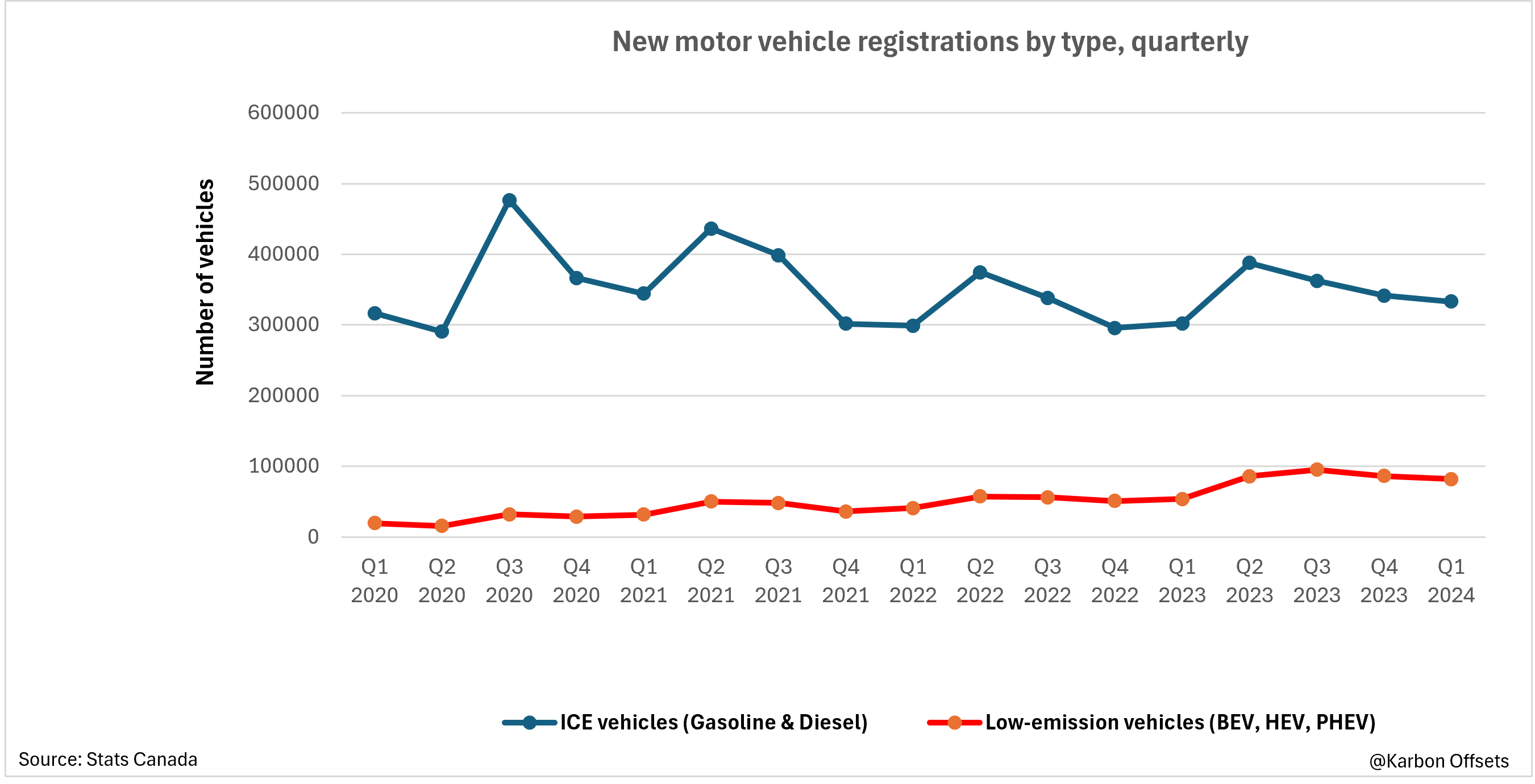Is it time to revisit Google Green Light? Pre-COVID-19, it was possible to smell clean air at a zebra crossing without being consumed by the tailpipe emissions of an idling vehicle at a traffic light. With the state of office spaces looking as empty as the recent U.S. Presidential debate without an audience, managers are looking to fill desks with bodies again. As those desks quickly get filled, so does the once quiet street for those living and working around busy cities. Hence, just maybe, Google Green Light can grant pedestrians a breath of fresh air—again. Oh! While helping cities meet their net zero targets.
Google is in the driver’s seat, aiming to do just that by leveraging machine learning algorithms and a plethora of data to help make red lights green when you, the driver, would prefer them to be. By analyzing traffic patterns, vehicle speeds, and congestion points, Google is using AI to optimize and adjust the timing of traffic lights in real-time.
The whole initiative essentially decreases idle times, cuts down travel durations, and ultimately lowers emissions – yes, lowers emissions. The process takes on a few challenges in executing this goal:
Data Collection: Through collecting data from various sources such as traffic cameras, sensors, and smartphones, the system gathers real-time information about traffic conditions.
Machine Learning Algorithms: The AI processes this data to predict traffic flows and identify patterns. It then essentially takes the insights to increase the timing of traffic lights.
Adaptive Control: Traffic lights are then adjusted dynamically based on real-time data, improving traffic flow and reducing stop-and-go driving that contributes to higher emissions.
The Labour Force Survey (LFS) data released January 18, 2024, by Statistics Canada show that in November 2023, just about 20% of Canadians reported working from home. After declining to roughly 30% in January 2022 from roughly 40% in April 2020, this is a massive decrease. On the other hand, as of May 2016, only approximately 7% of Canadians were employed mostly remotely. Though, we may never see everyone in Canada working 100% from home to reduce green house gas emissions (Chart 1), Canada might want to call on Google to help it slash down some emissions in its cities.

Apart from tackling emissions, this technology can also aid in reducing electric vehicle (EV) idling time, which drains battery energy when powering auxiliary systems such as heating, air conditioning, and infotainment. Most importantly, it boosts the driving range of electric vehicles as more low-emission vehicles get on the road in Canada (Chart 2).

Findings and testimonials from the initiative have shown promising results in traffic efficiency and reductions in emissions. Cities such as Seattle and Bangalore have reported massive decreases in travel times and congestion, proving the effectiveness of AI in traffic management.
Currently, Google Green Light is situated in four (4) continents and seventy (70) intersections and thirteen (13) cities around the world, ranging from India, Israel, Germany, United Arab Emirates, England and the United States to name a few.
“Green Light has become an essential component of Kolkata Traffic Police. It serves several valuable purposes, contributing to safer, more efficient, and organized traffic flow, and has helped us reduce gridlock at busy intersections. Since November 2022, we have implemented suggestions at 13 intersections. The outcome has been excellent, according to feedback from commuters and traffic personnel,” said Vineet Kumar Goyal, Commissioner of Police, Kolkata, India.
As more cities across different countries, such as Riyadh, Lagos, and Mexico City, recognize the benefits of this technology, Google Green Light will more rapidly reduce traffic emissions on a global scale, helping us return to the positive aspects of pre-COVID-19 urban life. Additionally, this initiative exemplifies the power of artificial intelligence (AI) in reducing traffic emissions and promoting cleaner cities.




